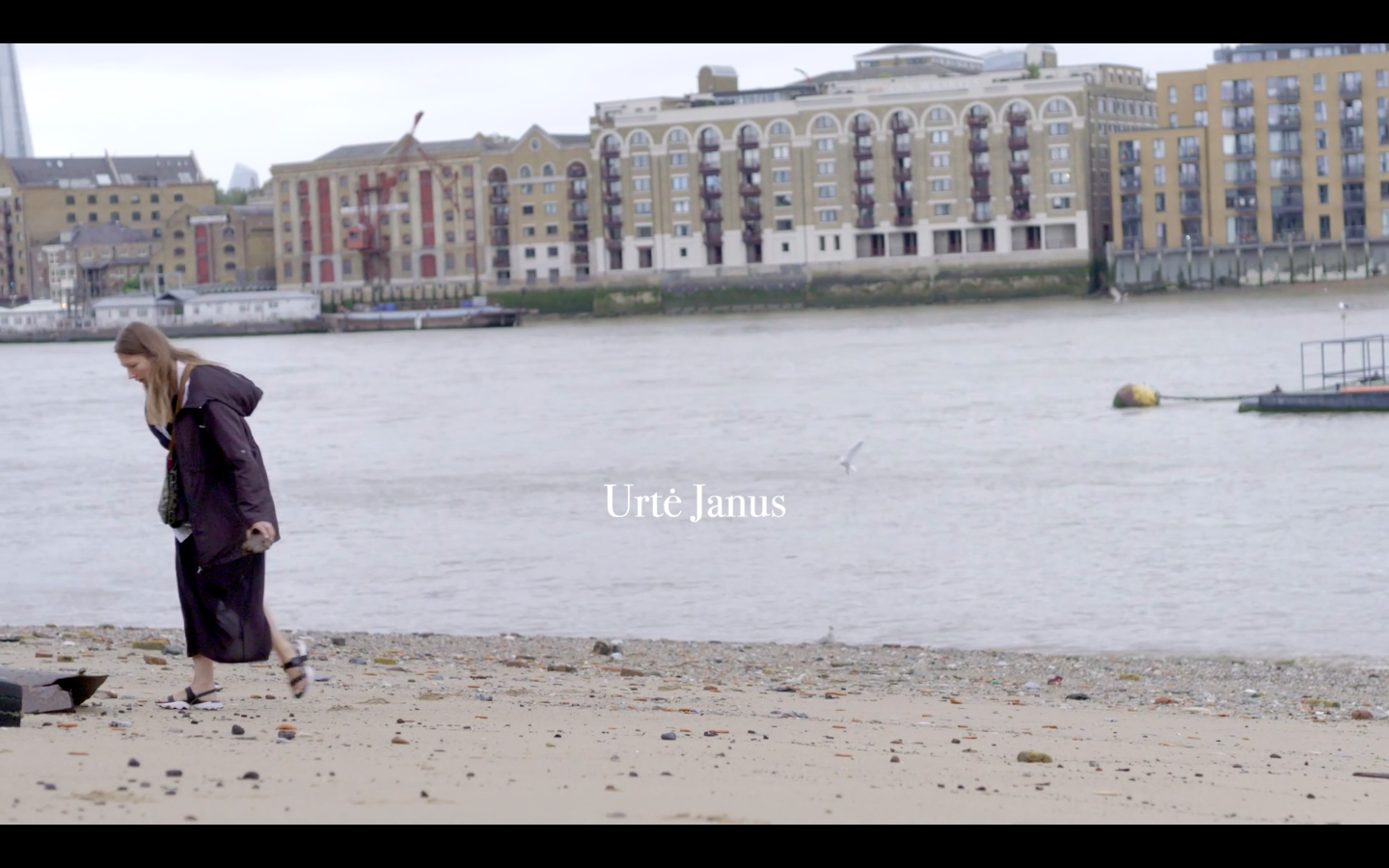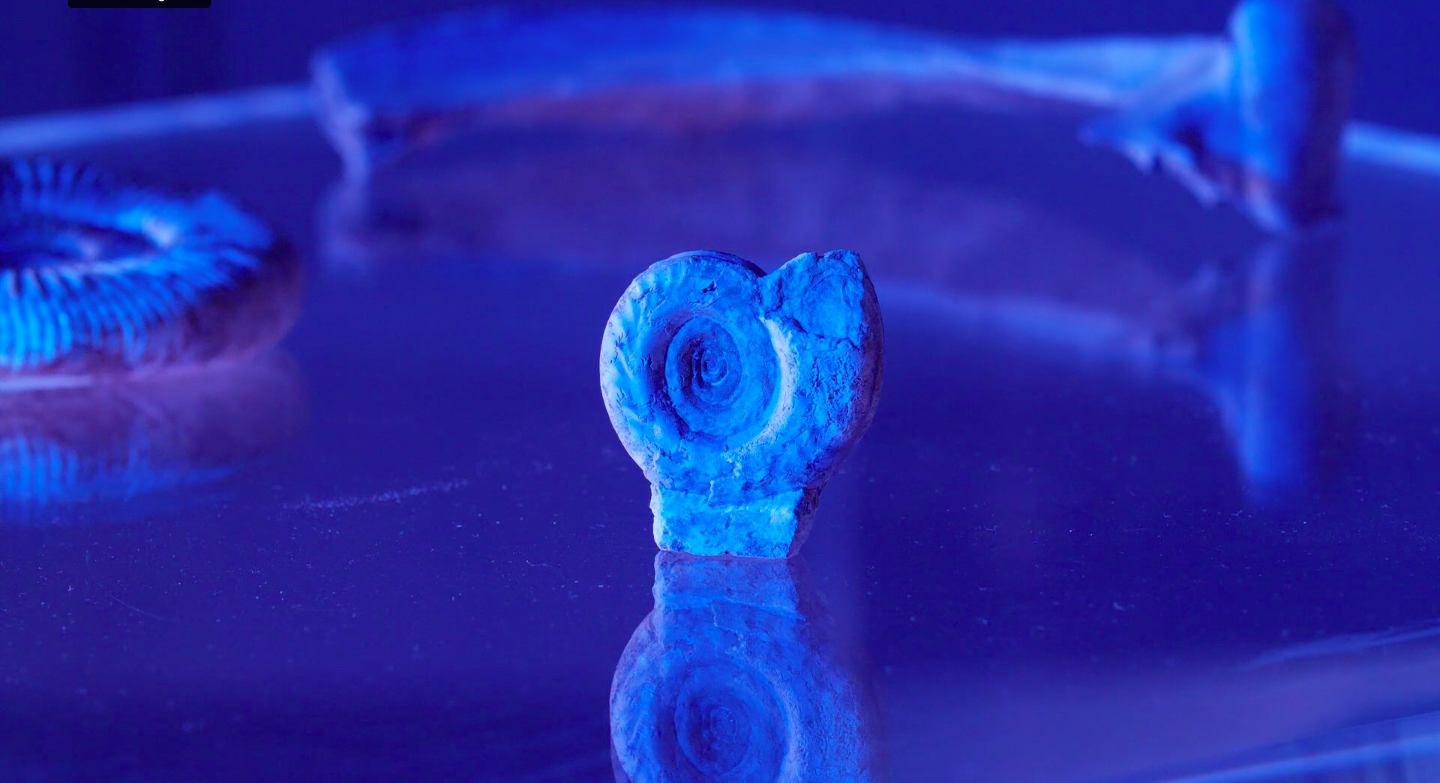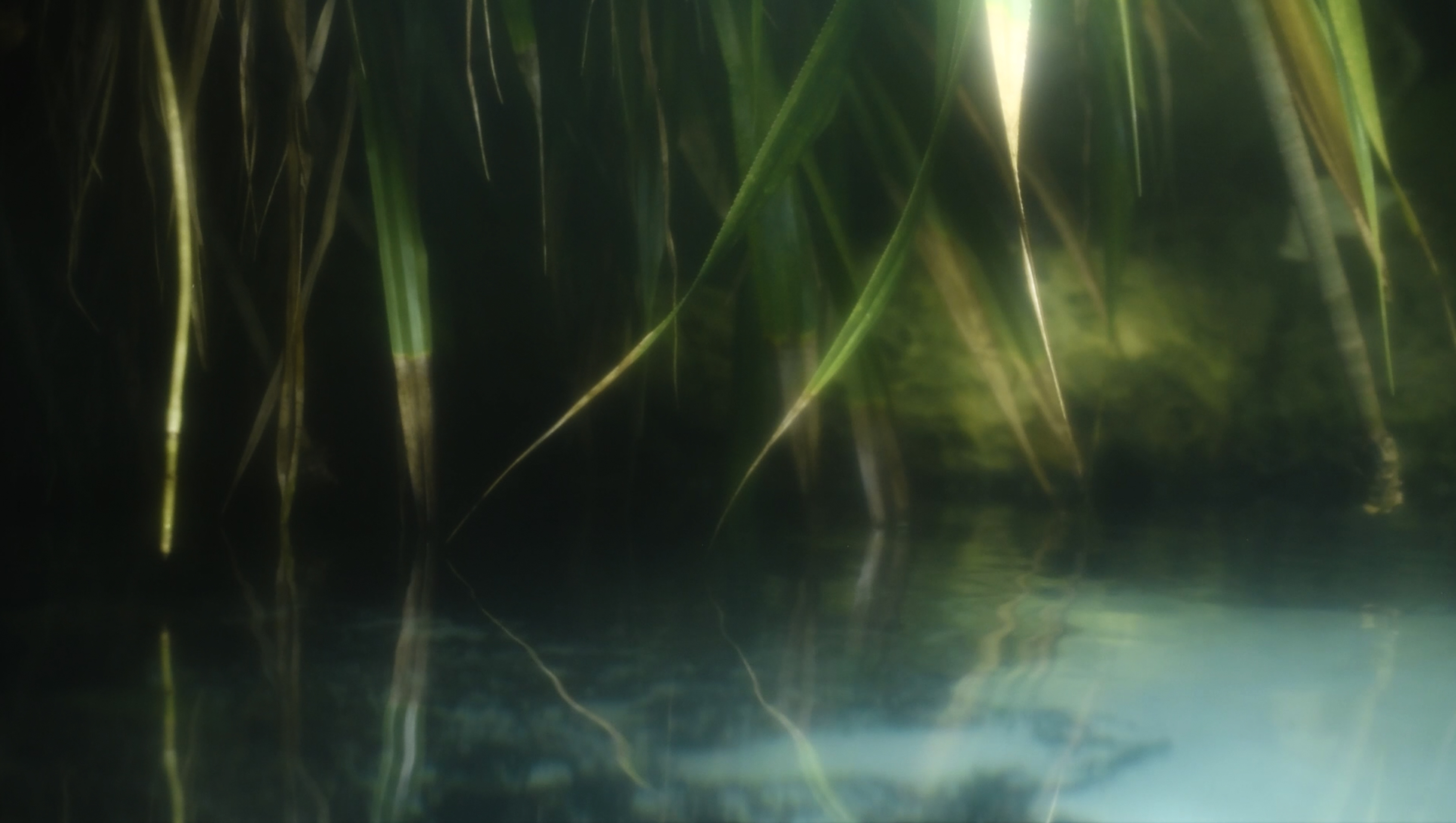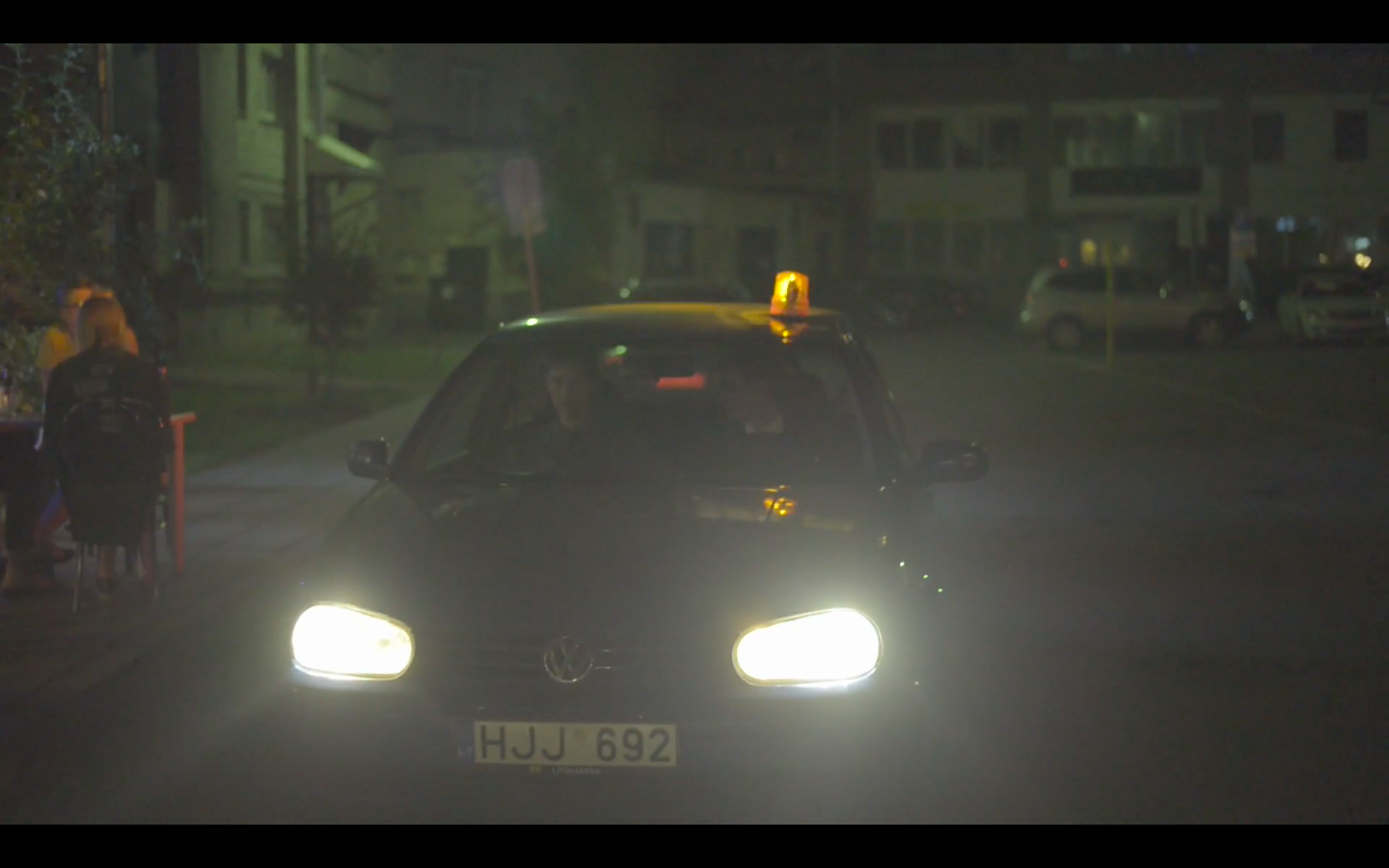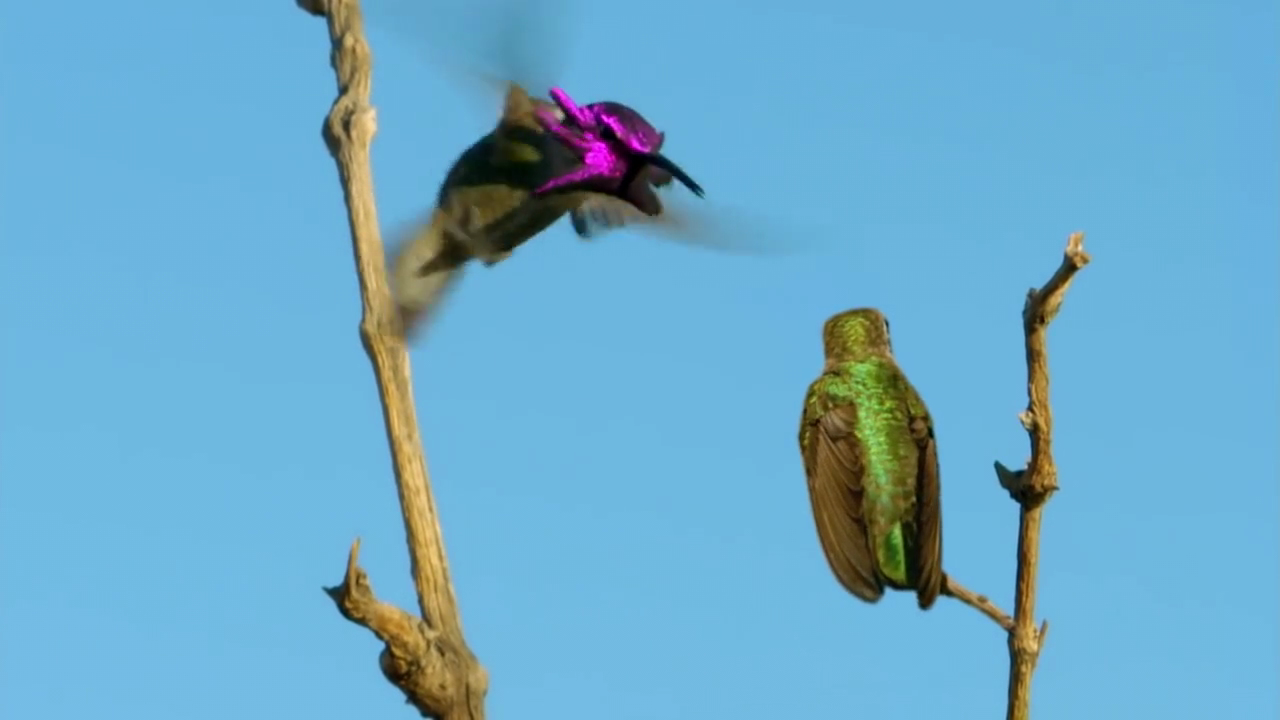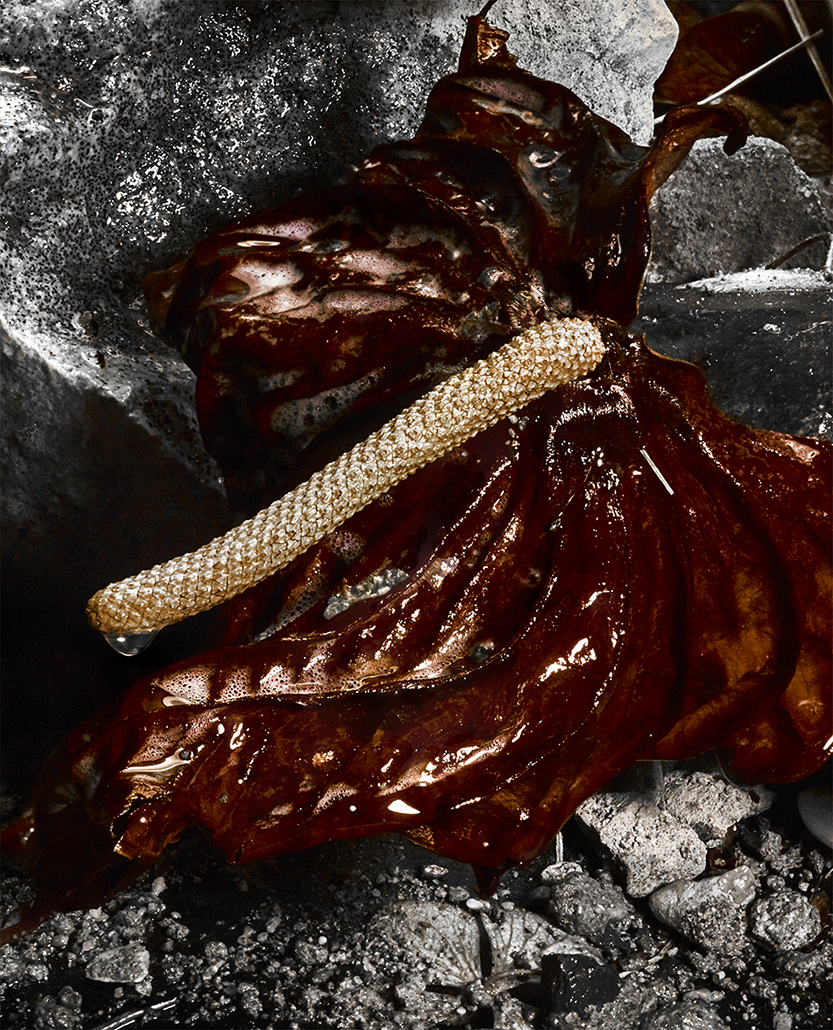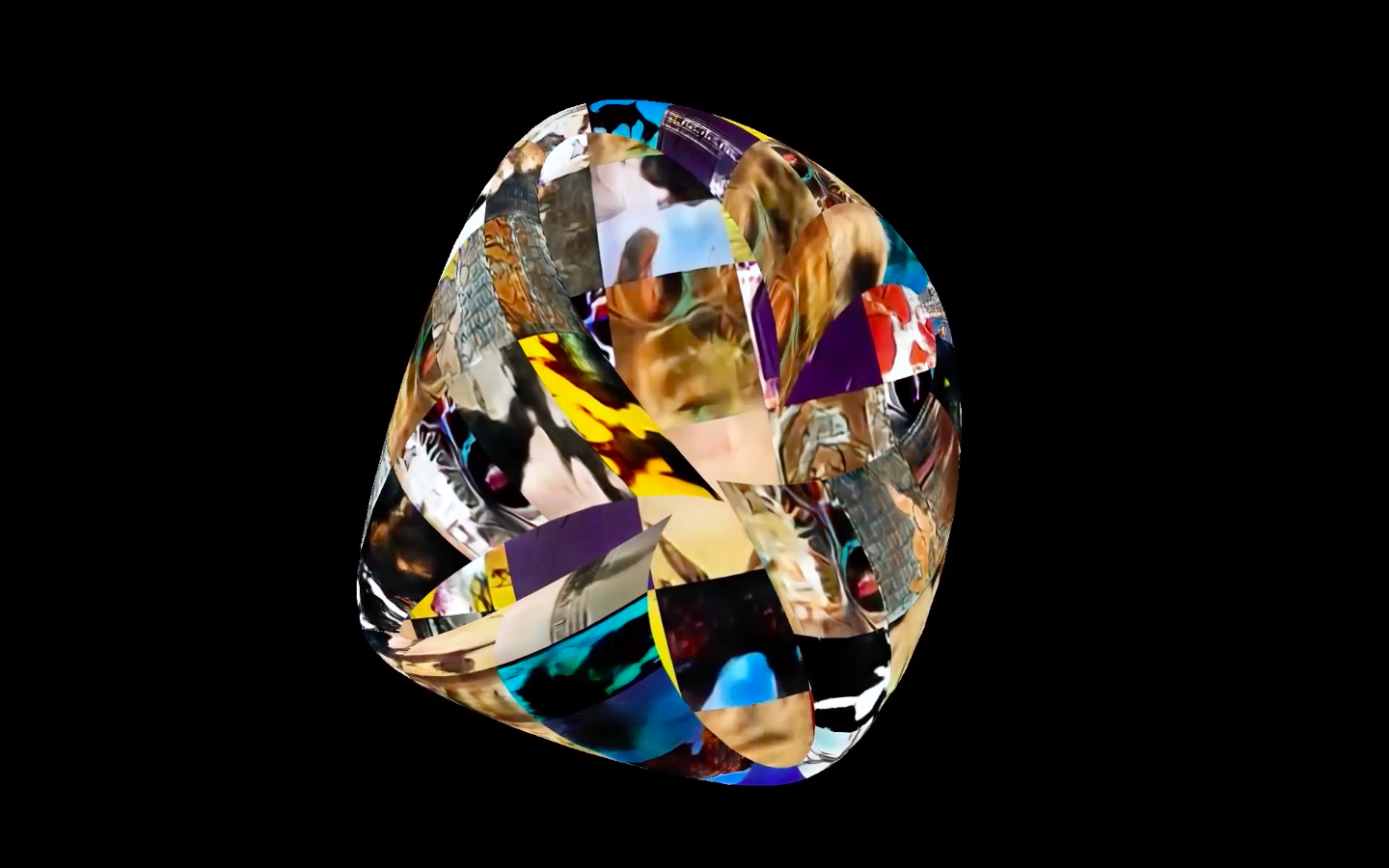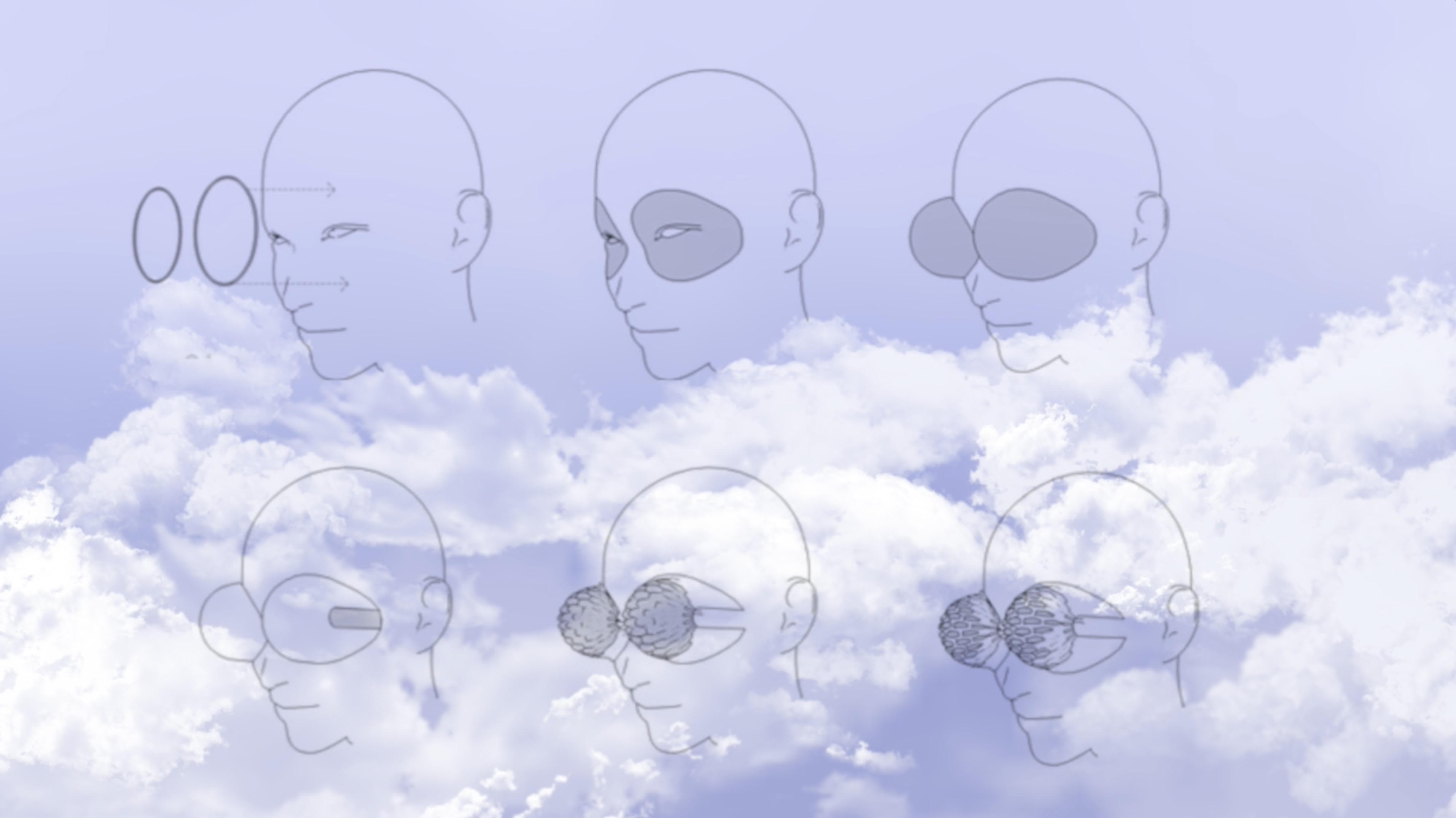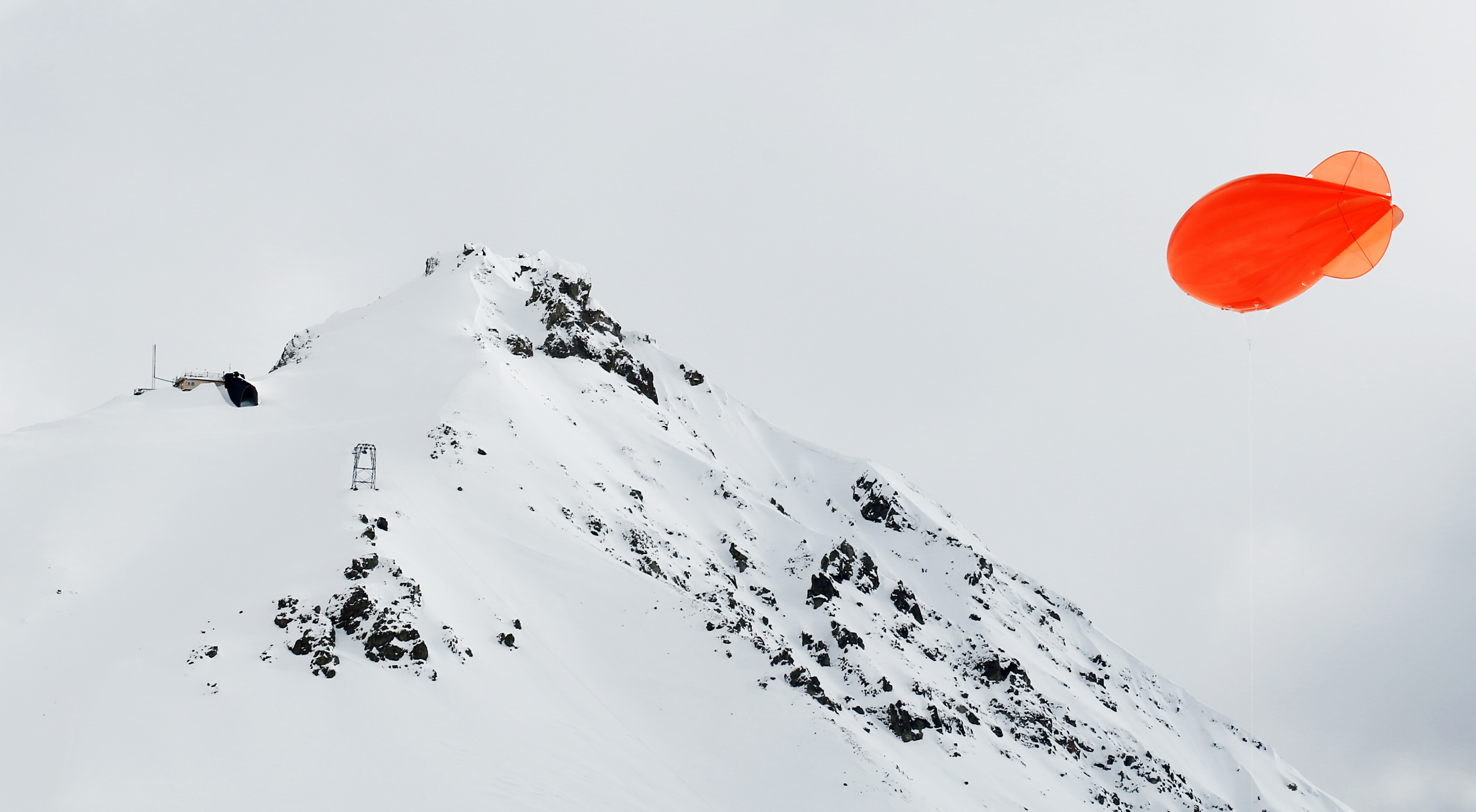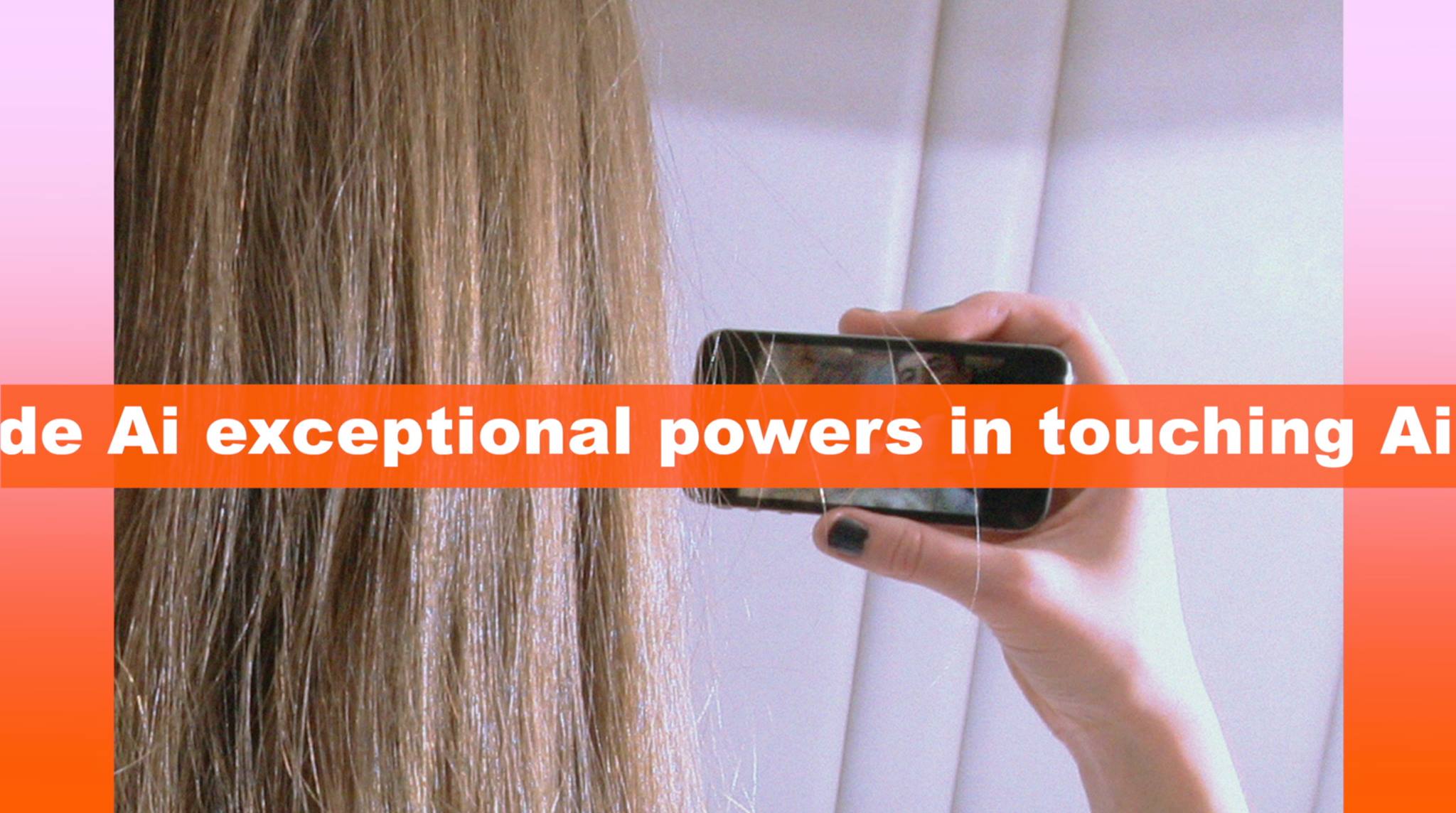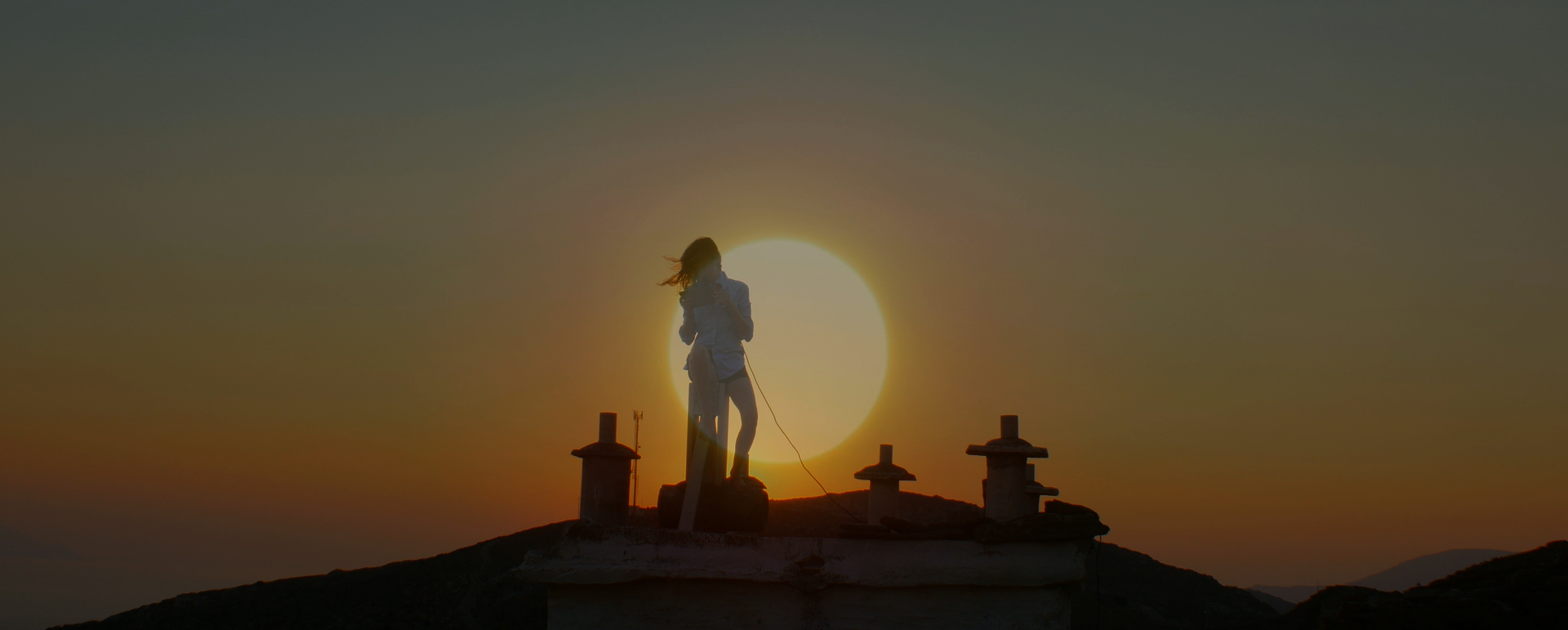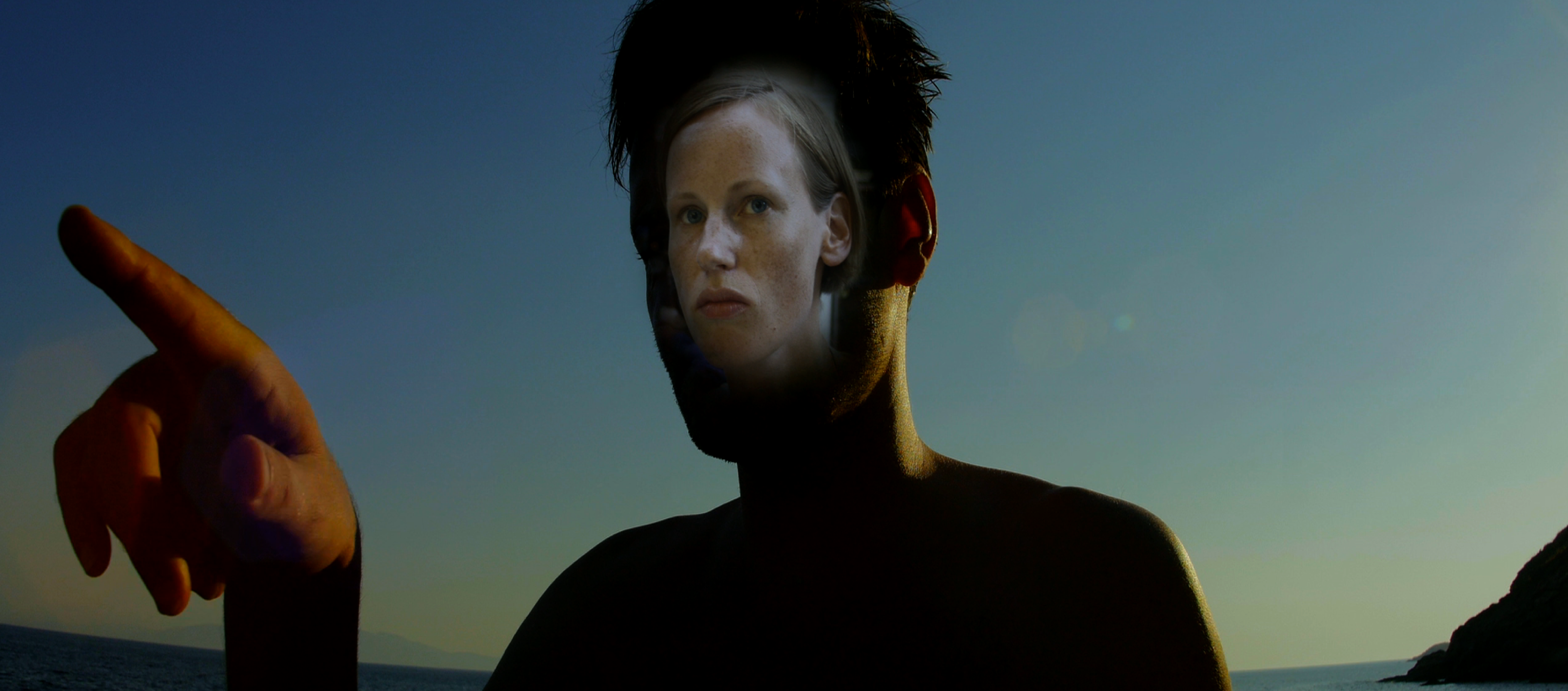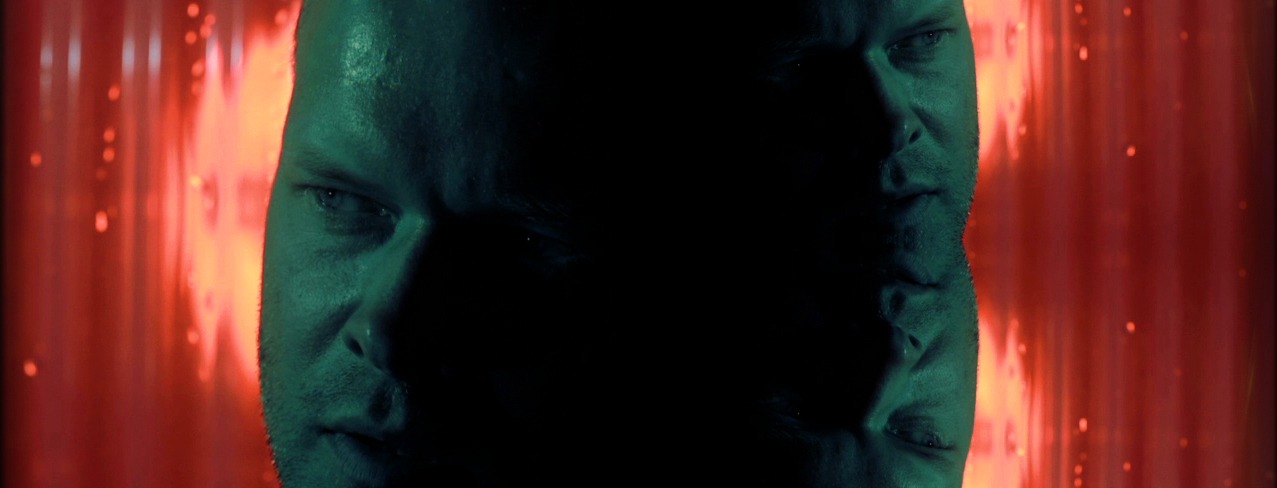In the interview for The Good Neighbour artist Urtė Janus shares her creative journey and reflects an ongoing exploration of materiality, time, and the intricate relationship between art and the environment. She is speaking to us while picking up the bones, stones and plastic pieces on the shores of the Thames and tinkering with acid in her London studio.
Urtė Janus is a London-based Lithuanian artist, whose multidisciplinary approach stems from a photography degree, gradually evolving into video art, sculpture, and set design. Her latest work, “All the Seas Long Gone,” displayed at the National Gallery of Art as part of the JCDecaux Prize exhibition until December 3, 2023 reflects her journey in finding diverse forms of artistic expression.
Janus recently completed a year-long residency at the Alexander McQueen Sarabande Foundation before pursuing an Art and Ecology MA at Goldsmiths. There she continues her experimental approach, blending theoretical insights with sensory perception. Janus’ introspective and interdisciplinary approach prompts discussions on the ephemeral nature of art, disrupting traditional perceptions of artistic longevity and engaging with broader ecological and existential dialogues.
Produced by The Good Neighbour in 2023
Questions: Justė Kostikovaitė
Photography: Urtė Janus
Music: NataTeva – LASKA
Filmed by Elena Reimerytė
Supported by the Lithuanian Council for Culture
Partners: UK Lithuanian Youth Association,
the British-Lithuanian Society
